Why is Vienna’s coffee house culture so influential?
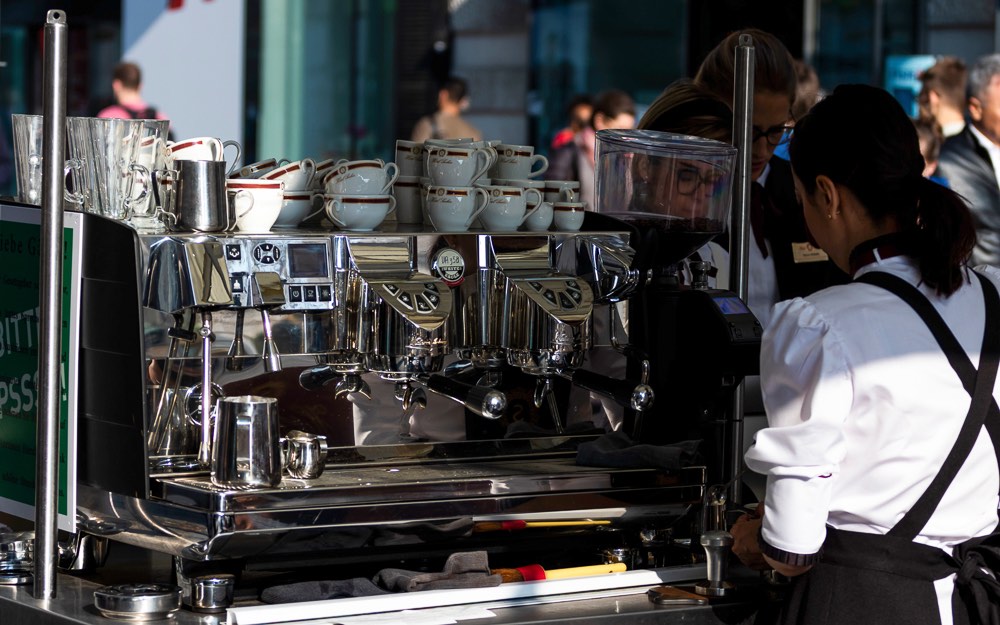
Around the world, coffee shops serve as important social spaces – as is often illustrated by the concept of the third place. Beyond this, in certain countries, this goes further, however. These coffee shops have a deep cultural and historic significance, and also play an important role in shaping specialty coffee.
One example is Vienna, the capital city of Austria. Viennese coffee houses (or Wiener Kaffeehaus in German) are iconic, and have played a key part in influencing the city’s coffee culture. In fact, since 2011, “Viennese coffee house culture” has been listed on UNESCO’s Intangible Cultural Heritage list.
In this article, we explore why coffee house culture is so prevalent in Vienna, as well as how it influences specialty coffee today.
You may also like our article on Europe vs the US: Breaking down differences in coffee consumption.
A brief history of coffee in Austria
As with many other European countries, coffee was first brought to Austria in the 17th century. Before long, coffee houses started to open, with many located in Vienna.
According to The Coffee House: A Cultural History, the first Viennese coffee house was opened by Armenian businessman Johannes Diodato in 1685. Following this, more and more coffee houses were established in the city.
However, considering that Vienna wasn’t the birthplace of coffee house culture, why is it so influential?
It’s largely the result of the city’s important history and location. Between the late 1860s and early 1910s, Vienna was the capital of the Austro-Hungarian empire – making it something of a cultural melting pot in Europe.
At the turn of the 20th century, coffee houses became important meeting places for intellectuals and artists to discuss social and political issues, among other topics.
For the price of just one coffee, customers could stay for as long as they wanted without being disturbed. In fact, some people even used to have their post delivered to coffee houses – a clear indication they served as a third place for many people at the time.
Viennese coffee houses in particular played a huge role in sharing knowledge and information. Today, there is still a rack or table with newspapers for guests inside almost every coffee house in Vienna.
The significance of Vienna’s coffee houses
It’s fair to say that most Viennese coffee houses are breathtakingly beautiful. The high-vaulted ceilings and arched columns are nothing short of impressive, and certainly invoke a sense of nostalgia.
Vienna’s coffee culture, however, extends far beyond the design of its coffee houses. Many prominent figures would frequent these places, and often write their literary works while drinking coffee.
There are around 600 coffee houses in the city, but some of the most notable include:
Café Central
Café Griensteidl
Café Sperl
Kaffee Alt Wien
Café Schwarzenberg
Café Landtmann
At Café Central (which opened in 1876), for example, you can find plaques around the coffee house detailing some of the more prominent visitors, including artists, actors, poets, politicians, writers, intellectuals, and revolutionaries. Some of these people included:
Austrian writers Friedrich Torberg and Egon Kisch
Austrian writer and poet Peter Altenberg
Psychologist Sigmund Freud
Russian revolutionary Leon Trotsky
In the years that followed, many Viennese-style coffee houses opened in cities like Budapest, Prague, Verona, Trieste, and Venice. They are largely characterised by a number of specific features, such as spacious rooms, chandeliers, marble tabletops, and Thonet chairs (wooden chairs which have a curved backrest, a round seat, and flared legs).
The atmosphere of Viennese coffee houses is also a huge defining factor, which is influenced by the wait staff. In essence, the idea is to disturb the customer as little as possible while still being attentive to their needs.
Unlike at some specialty coffee shops – which tend to be much smaller in size and therefore require a higher customer turnover rate – people are encouraged to stay for as long as they please in coffee houses. The wait staff, who usually wear more formal attire, play a huge role in creating a relaxing and comfortable experience for guests.
The rise of espresso bars
During the 1950s, as more espresso bars started to open, the popularity of coffee houses in Vienna started to wane. With more people drinking espresso, traditional coffee drinks were considered more old fashioned.
This shift was also related to the fact that televisions had become a lot more accessible at this time. In turn, people could receive information at home – rather than needing to visit a coffee house to read the newspaper.
As a result, some Viennese coffee houses had to close, but many still remain open to this day. From the 1980s onwards, the city capitalised on the nostalgic feel of its coffee houses by bringing in a growing number of tourists to visit.
Different coffee drinks
Vienna is largely credited with inventing the cappuccino in the 1800s, but the city has been serving a wide range of other coffee drinks for some time now. Some of these are:
Melange (like a cappuccino, but made with either less espresso or a slightly lighter roast profile)
Einspänner (served in a handled glass with whipped cream, often with powdered sugar on the side)
Franziskaner (similar to Einspänner, but is usually dusted with cocoa powder)
Biedermeier (black coffee with whipped cream and apricot liqueur)
Most coffee houses serve drinks in porcelain cups on serving trays, and always with a glass of water. A spoon is usually placed on the top of the water glass to signify that it’s fresh – which is a nod to the traditions of Austrian aristocracy.
Many Viennese coffee houses also serve food, with some offering full restaurant menus. However, it’s expected that all of them should offer cakes and pastries to go with their coffee menu.
If you want to have a more authentic Viennese coffee house experience, it’s recommended to visit them in the morning when they first open. This is especially true for popular tourist destinations like Café Central, which can quickly become busy.
Influence on the city’s specialty coffee culture
Given the historical significance of Vienna’s coffee houses, it’s only natural that the local specialty coffee sector takes inspiration from this longstanding cultural cornerstone.
Vienna has a thriving specialty coffee scene – including notable shops and roasters such as Coffee Pirates, Kaffein, Jonas Reindl Coffee Roasters, Vogel Kaffee, and Gota Coffee, to name a few.
Compared to traditional coffee houses, there is a much bigger focus on using higher-quality beans in these specialty coffee shops. Beverage preparation, however, is an important part of both establishments – as all drinks need to be visually appealing.
Alongside serving great-tasting coffee, customer service needs to be excellent, too. As with coffee houses, consumers in specialty coffee shops must be made to feel welcome and taken care of.
But this level of service extends beyond Vienna’s specialty coffee sector – with many baristas providing excellent customer service and hospitality skills the world over.
We can credit many things to Viennese coffee culture. From the invention of the cappuccino to offering an early example of the “third place”, it’s clear that Vienna’s coffee houses remain iconic within the wider coffee industry.
For the foreseeable future, both locals and tourists will continue to visit Viennese coffee houses. And with the city’s specialty coffee scene also growing, it will be interesting to see how the two coffee cultures exist in harmony.
Enjoyed this? Then read our article on how the cappuccino has developed over time.
Perfect Daily Grind
Want to read more articles like this? Sign up for our newsletter!
The post Why is Vienna’s coffee house culture so influential? appeared first on Perfect Daily Grind.
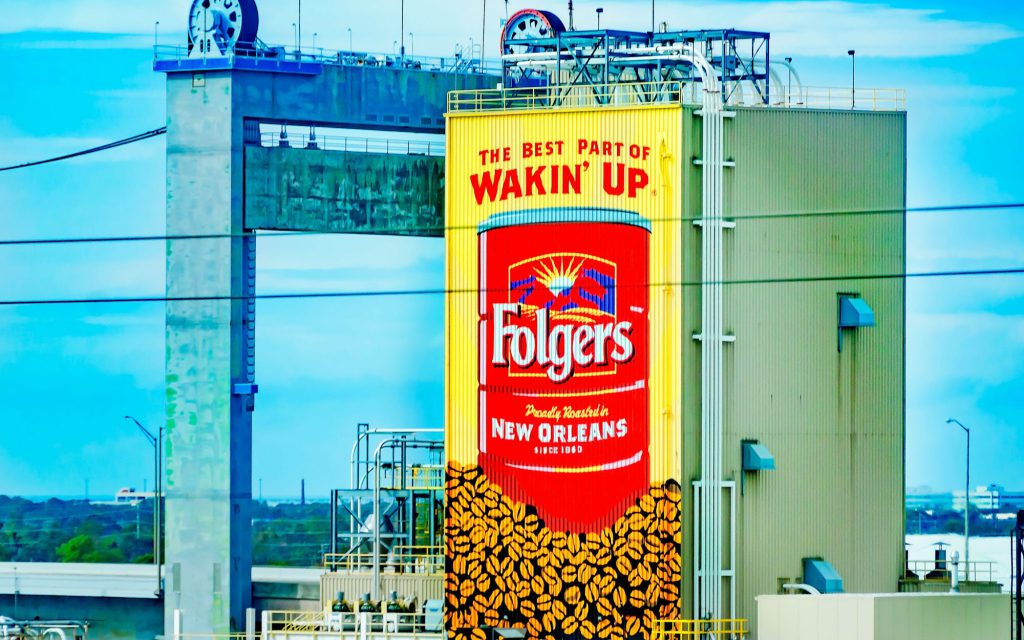
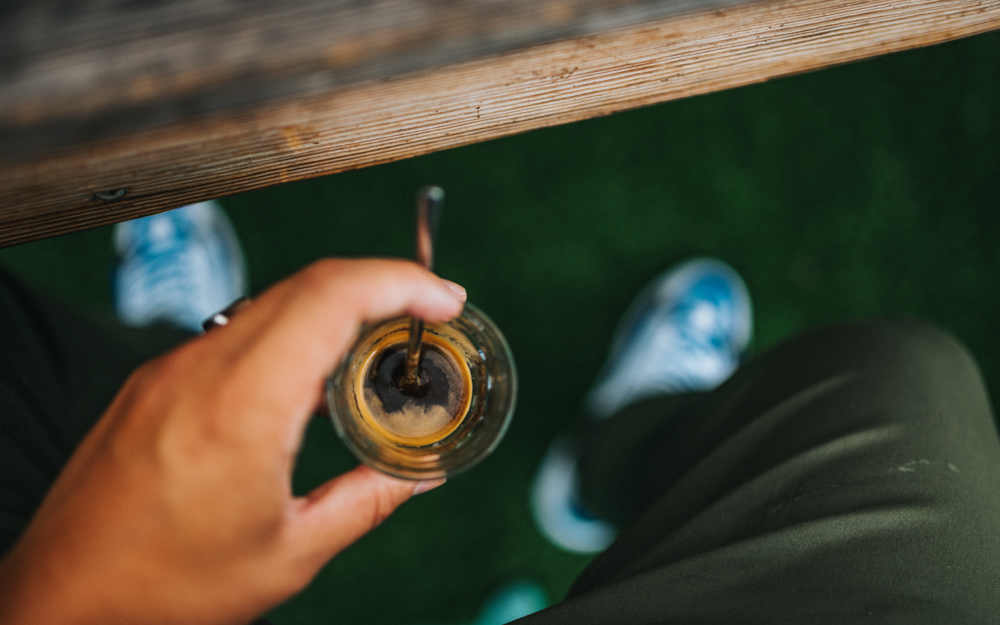
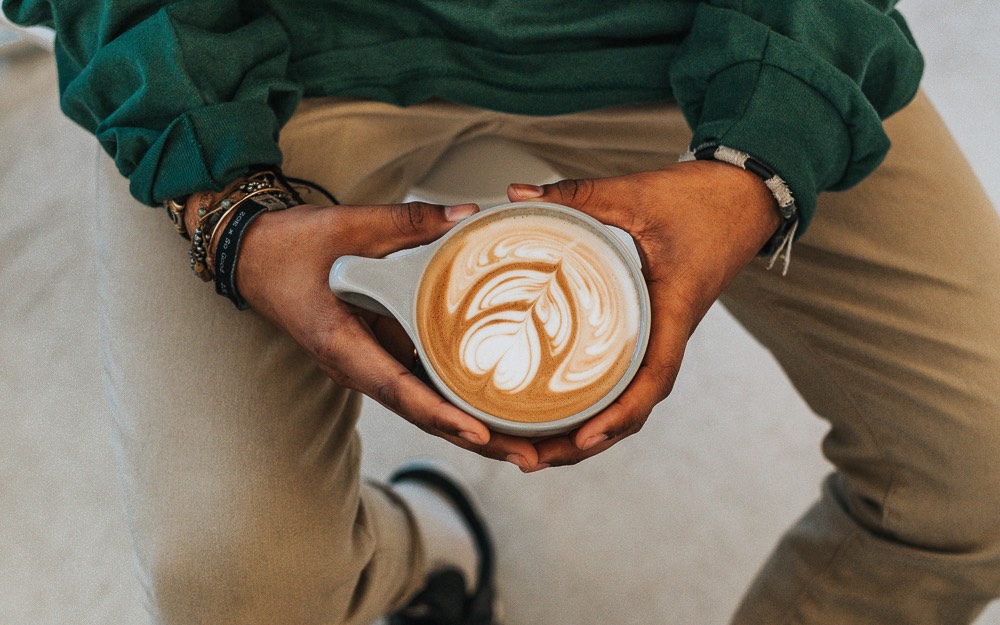
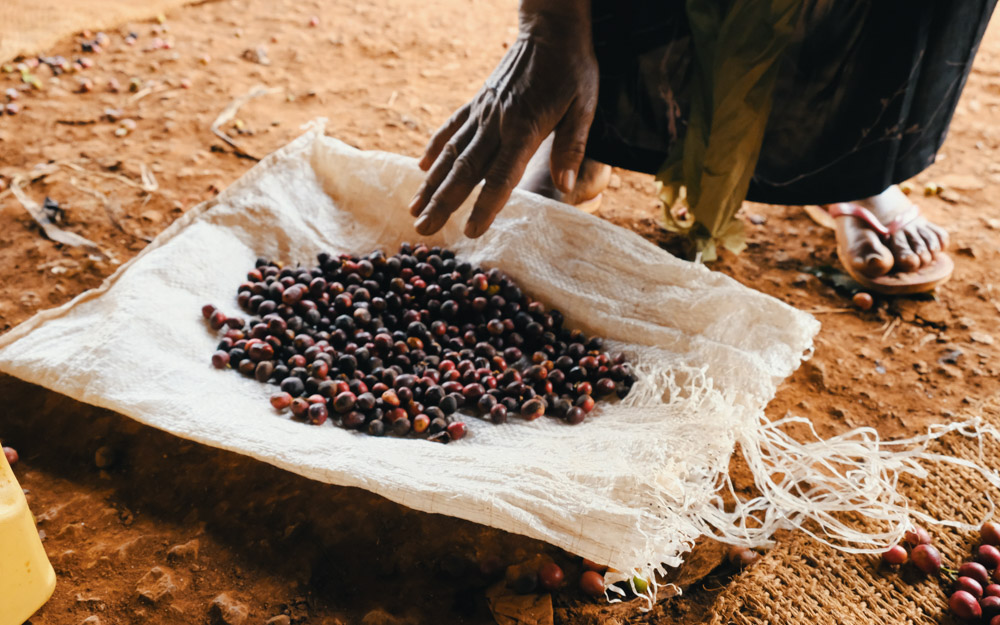
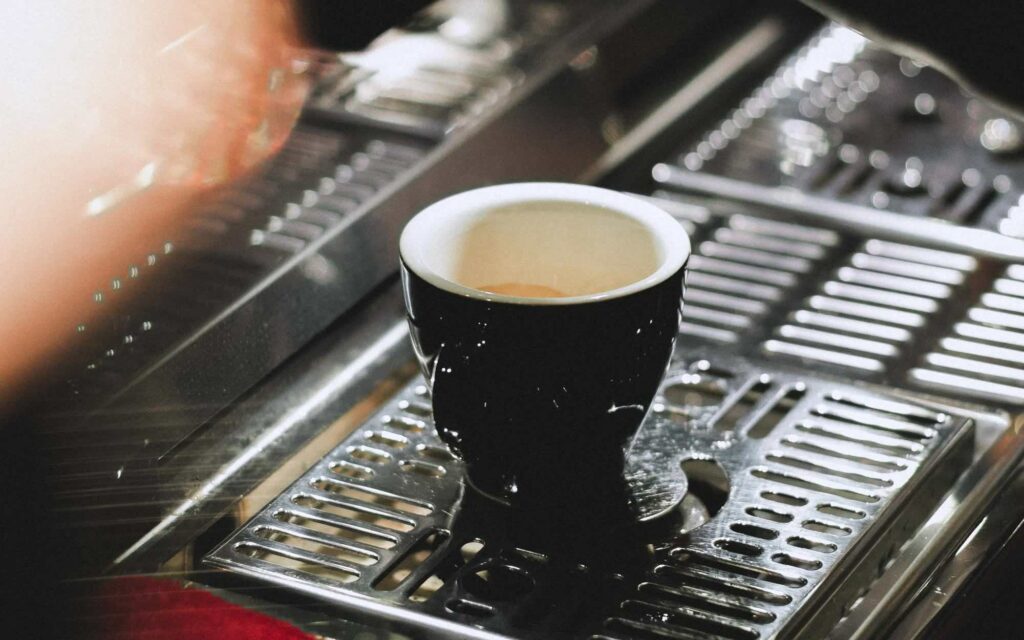
Responses